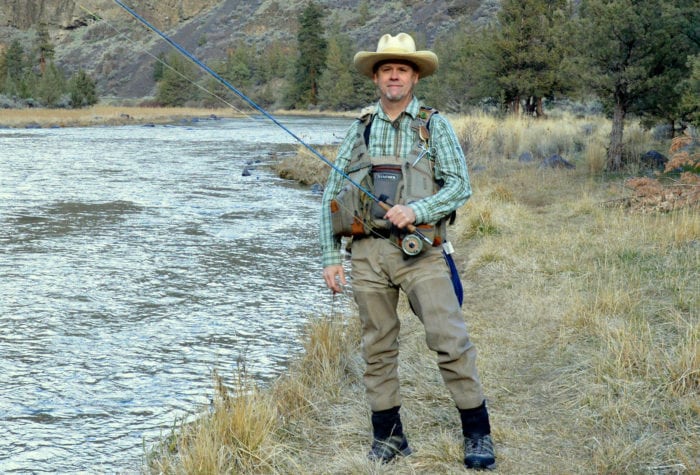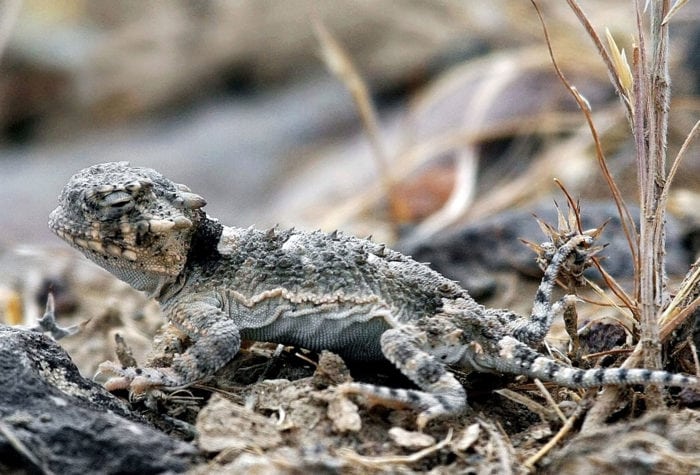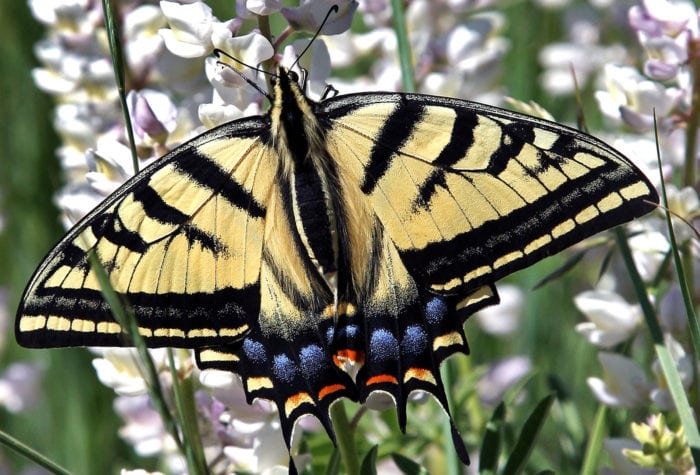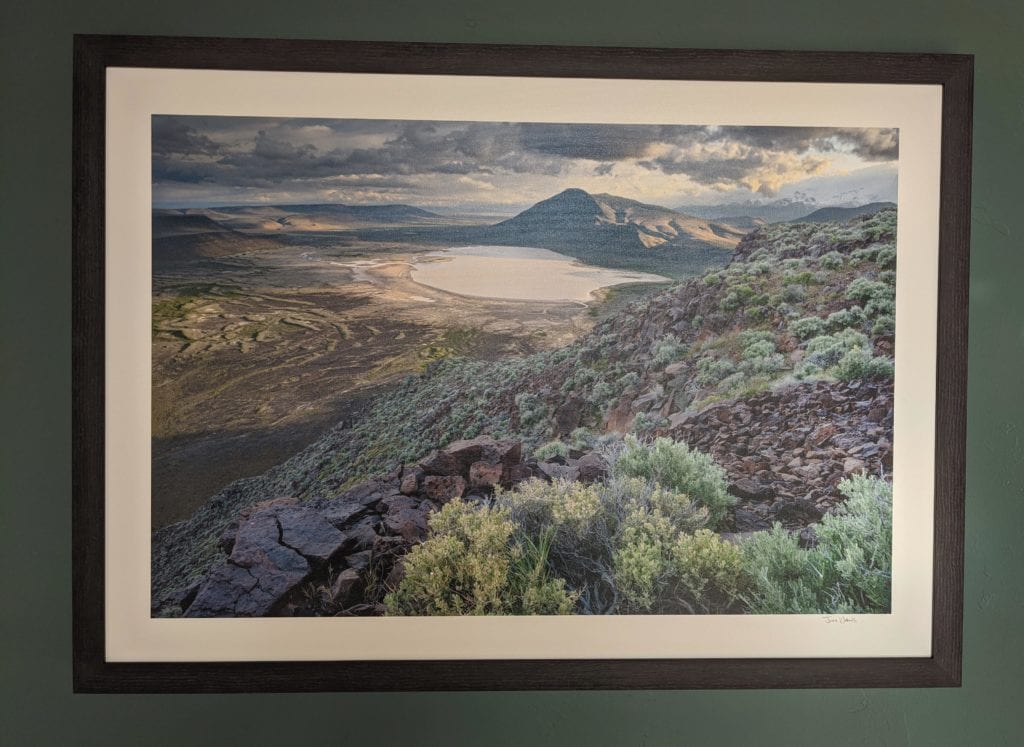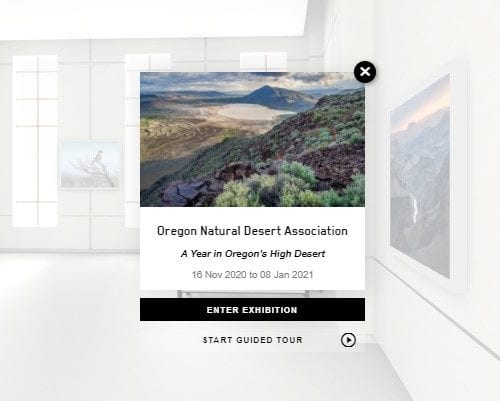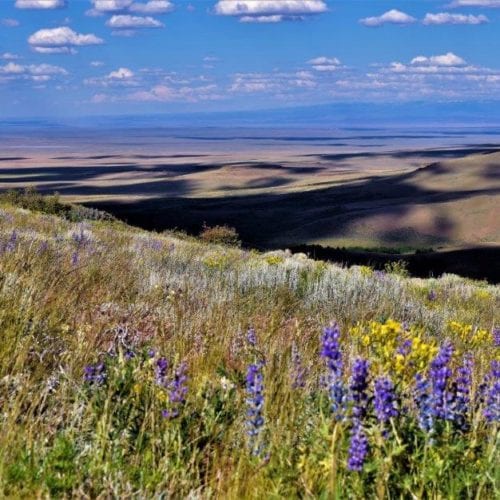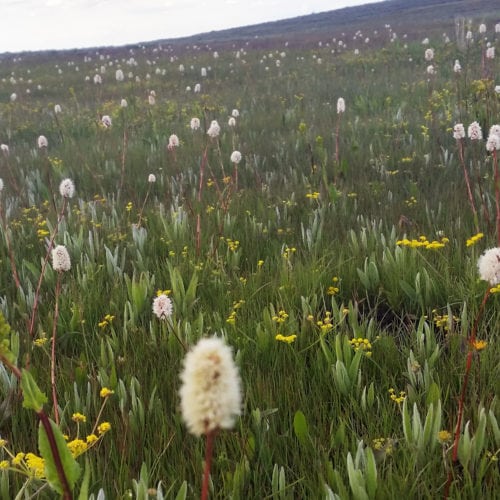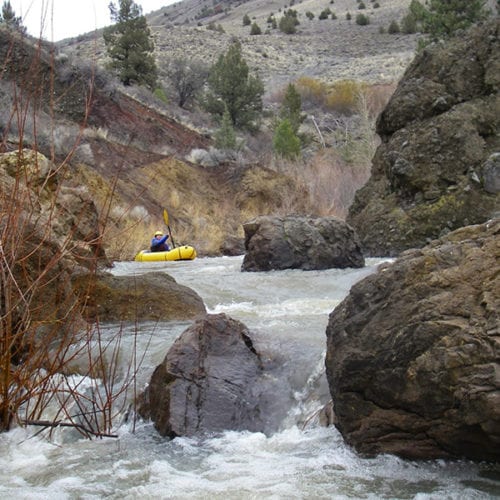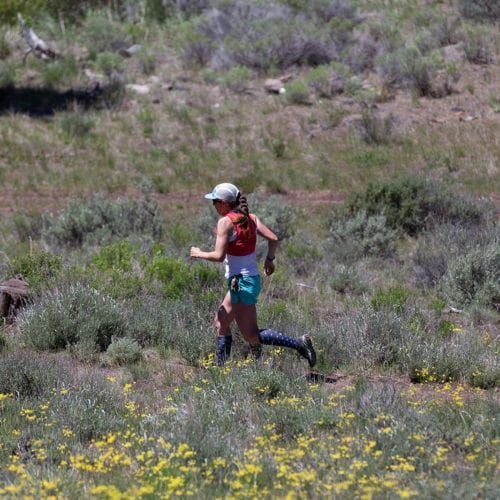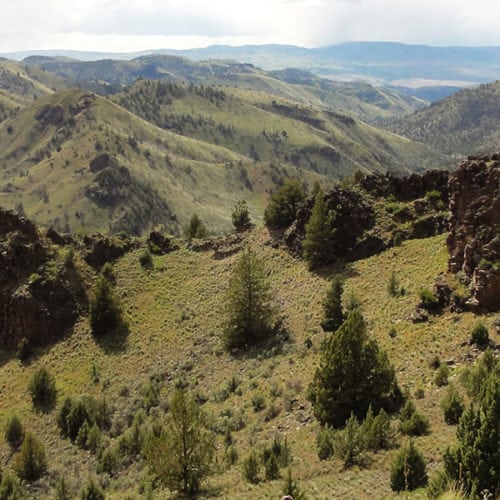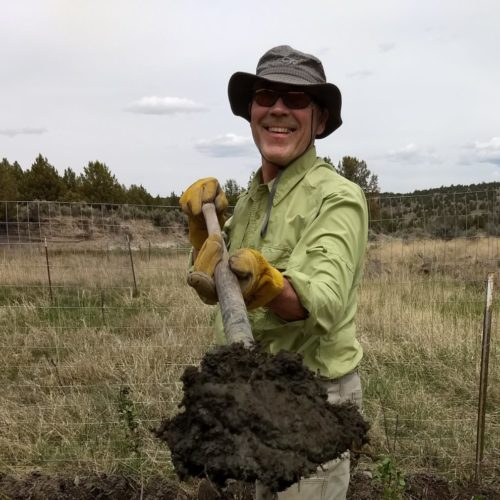Healthy Escapism
“A Year in Oregon’s High Desert” offers escapism you can feel good about Feeling stressed? A dose of natural beauty could help. Studies have shown that spending time in a […]
Read MoreSigns of Summer
Author: Scott Bowler | Published: July 2, 2020 | Updated: June 3, 2021 | Category: Phenology Across Oregon’s high desert, plants and animals spend the summer months “searching” — for […]
Read MoreA New Chapter for the Desert Trail in Oregon
By Renee Patrick, Program Coordinator for the Oregon Desert Trail When ONDA looked east in 2011 with the thought of establishing a desert hiking route that would connect into the […]
Read MoreWalking the High Desert
A new book about the Oregon Desert Trail debuts this month: Walking the High Desert: Encounters with Rural America along the Oregon Desert Trail, written by Ellen Waterston, published by […]
Read MorePlease use Caution on that Oregon Desert Trail Adventure
Please use caution with any Oregon Desert Trail plans due to COVID 19. Last updated on February 1, 2021. Oregon cases of COVID-19 are still high in 2021, and even […]
Read MoreMember Profile: Whitney “Allgood” LaRuffa
If you have been following the development of the Oregon Desert Trail (ODT) over the past few years, you are probably aware that one of its primary goals is to […]
Read More51 Rivers That Could Be Wild and Scenic
Author: Renee Patrick | Published: January 2, 2022 | Category: In the News Dear Senator Wyden, Thank you for your visionary leadership to preserve Oregon’s wild rivers, clean water, and […]
Read MoreMeet Felice Kelly
Passionate desert advocate Since moving to Oregon in 2016, Felice Kelly discovered Oregon’s dry side and was immediately inspired, saying, “Once I made it out to the high desert, I […]
Read MoreOnly You Can Prevent Sagebrush Fires
You might think of forests when you think “wildfire,” but, as OPB reported in May, nearly 75 percent of all acres burned in the west over the past two decades […]
Read MoreJohn Cunningham, ONDA member and volunteer
Restoration is hard slow work. It takes hold, or it doesn’t, in fits and starts. The immensity of the need can be discouraging, but we must carry on. I am […]
Read More